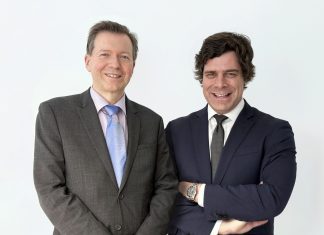The origins of Placemaking I.D.©
When I began to specialize in the much unknown subject of Place Branding, I was surprised by the fact that it was (generally) more concerned with external impacts than with internal benefits. Much was said on perception and image, but I sought to find something more tangible. My training in urban planning, acquired in Brazil alongside architecture, led me to question: where do the local people come into question? Over time, I realized they weren’t as taken into consideration as I felt necessary, or at least, not directly.
Around the same time, I was becoming newly involved with Placemaking. Placemaking is in some sense connected to urban planning while taking into account the people of the place. Even with a more human-centric view, participatory processes were in general punctual, tactical, micro, and often did not work in a strategic or systematic manner. When they did, they were frequently for the purpose of addressing an essential issue such as cultural identity.
Isolated in a country where at that time Placemaking or Place Branding were very much unknown as a field or even area of expertise, I launched myself into the world in search of answers. At that moment I discovered that the two classes were unknown to one another. International events were not addressing the other discipline as a compatible partner for shared knowledge.
Engage + understand + propose + accomplish = transform
This overlap between Place Branding and Placemaking seemed obvious to me. During the year 2014, the idea came to surface for a formula which seemed to integrate the two: engage + understand + propose + accomplish = transform. It was essential to add in these efforts to truly transform a place, new or existing, focusing on improving the lives of the people who live, work, visit, and invest there.
Placemaking I.D.© was born. It is the fusion of the two disciplines. Placemaking I.D.© has the ability to engage with people around a shared idea to the same extent that it understands and proposes guidelines for the transformation of shared public space, whether built or not. This is an approach that engages people around intangible and symbolic elements while guiding this symbolism through transformative elements of the physical space and economic development sectors themselves. If social impact were something sought after by Placemaking I.D.©, it’s development at Bloom Consulting has since taken on a new dimension, climate change. Now, in addition to people, the environment finds itself a rightful place in the process, further contributing to the relevance of the approach.
One important aspect is the fact that Placemaking I.D.© can be used in the public and private sectors. It can have equally positive impacts for a municipality, state, or national region in the same way that it can work on behalf of a newly planned neighbourhood or real estate development. The intensity with which it impacts the local region will vary. Cities themselves, in our belief, should be made and built for people.
Published on 24.06.2020.












